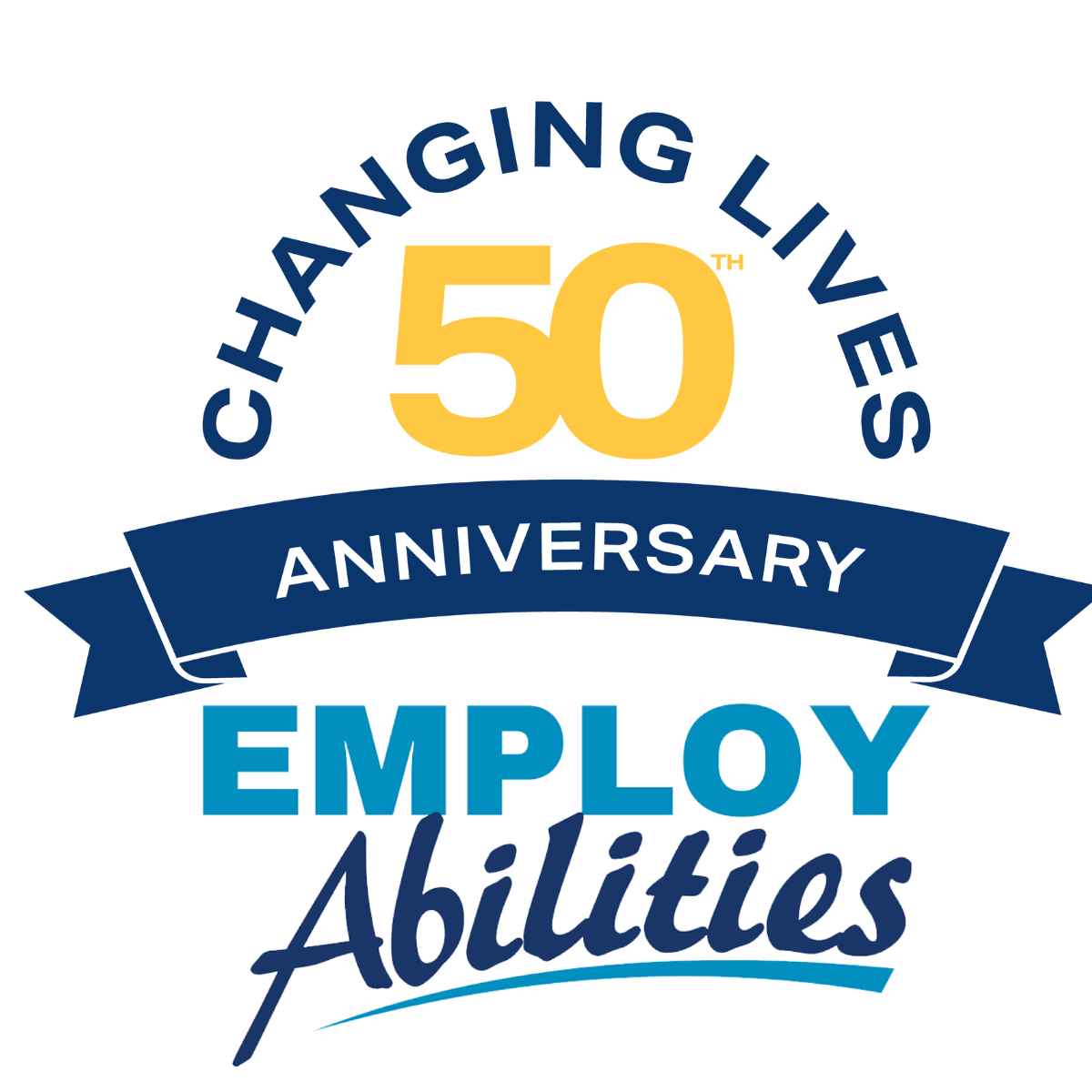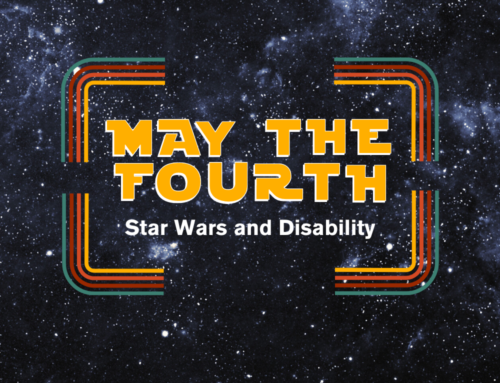Interviewing a person using mobility aids:
Enable people who use crutches, canes or wheelchairs to keep them within reach.
Be aware that some people who use wheelchairs may choose to transfer themselves out of their wheelchairs and into an office chair, for example, for the interview.
When speaking to a person in a wheelchair or on crutches for more than a few minutes, sit in a chair. Please yourself at the person’s eye level to facilitate the interview.
Interviewing a person who is deaf or hard of hearing:
To attract the individual’s attention, touch him or her lightly on the shoulder.
If the person reads lips, look directly at them and speak clearly at a normal pace. Do not exaggerate lip movements or shout. Speak expressively because the person will rely on facial expressions, gestures and eye contact.
Shouting does not help and may be detrimental. Use brief written notes to communicate if necessary.
Interpreters facilitate communication. They should not be consulted or regarded as a reference for the interviewee. Speak directly to the person being interviewed, not the interpreter.
An interpreter will usually sit beside the interviewer and across from the person with the disability.
Interviewing a person who is blind or visually impaired:
When greeting someone with a vision impairment, identify yourself and anyone else who is present.
Let the person know if you move or need to end the conversation or if someone else leaves or enters the room.
If you offer assistance, wait until your offer is acknowledged. Then listen or ask for instruction.
Interviewing a person with a speech impediment:
Be patient and allow the individual to complete what they are saying with interruption.
If you do not understand what has been said, ask the person to repeat him or herself. Or rephrase what you have just said. Do not pretend to understand.
Do not raise your voice. Most people who are speech impaired can hear and understand.





